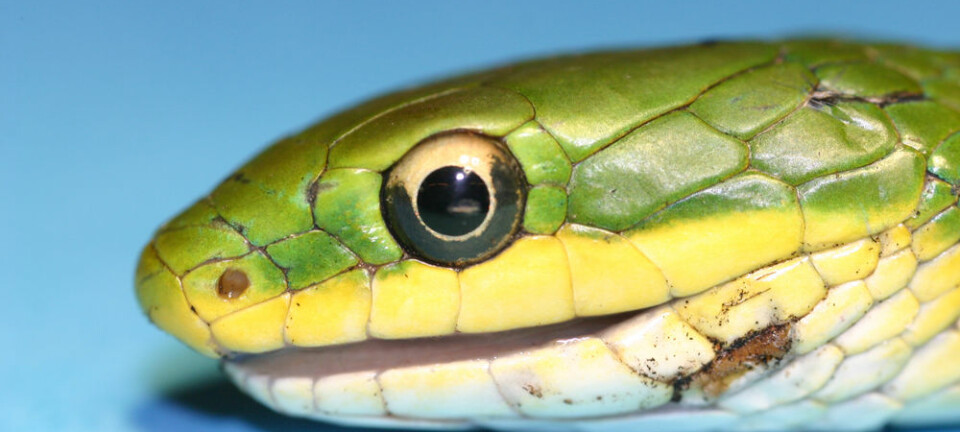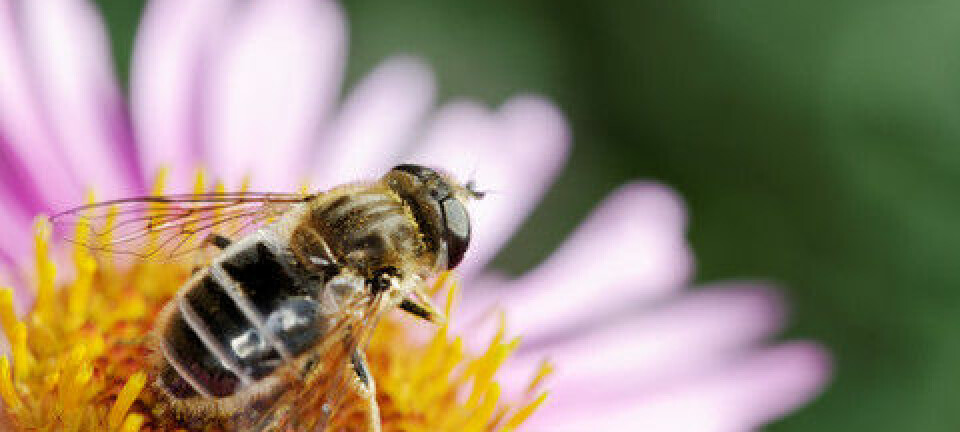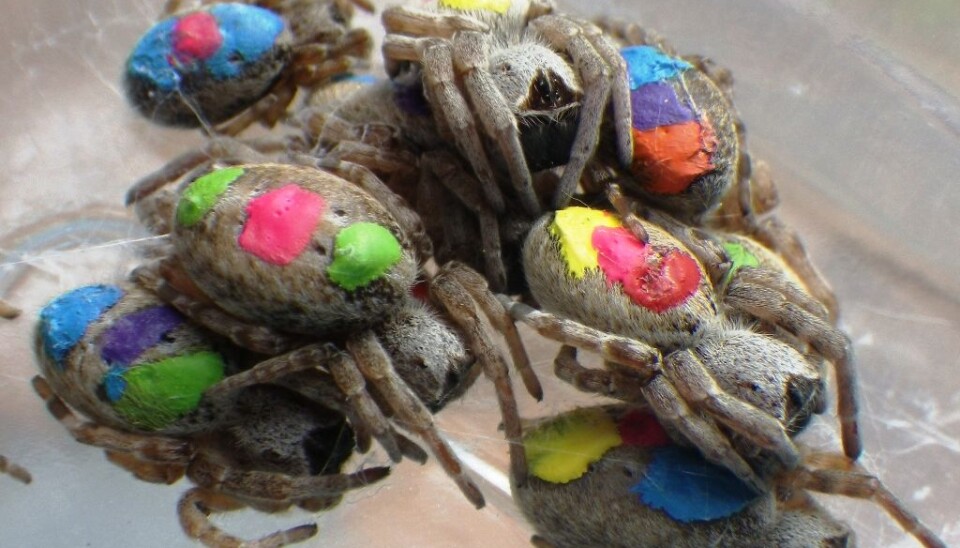
Spiders find jobs that match their personalities
When cooperative spiders select specialties in the service of their colony you might think they had consulted career advisors.
Ants, bees, wasps – and above all, humans – all do it. They make their societies work through the division of labour, where different individuals specialise in different tasks.
Some attend to the young, some secure food, while others deal with the group’s relations with foreign colonies.
The division of labour has proved to be efficient and smart in the insect world. In some insect societies, individuals are given tasks relating to their age. Others have been seen to have the physical characteristics that make them best suited for a particular job.
Researchers, including Lena Grindsted and Trine Bilde at Aarhus University, have now shown that spiders in colonies where all the individuals are the same age can fill niches that fit their personalities – or spideralities, if you will.
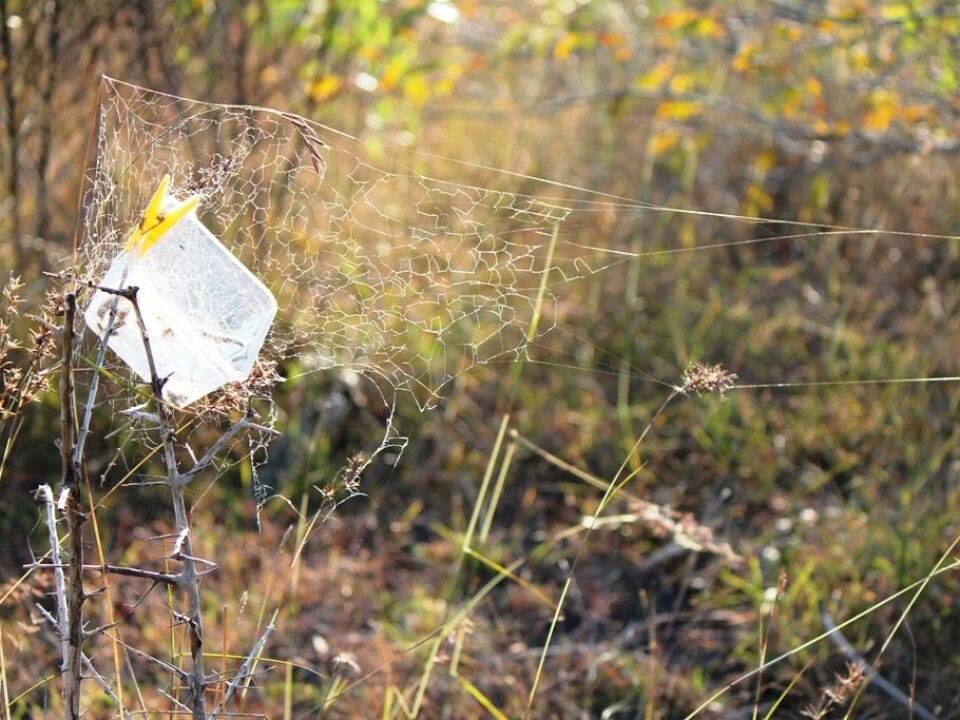
The researchers wanted to see which individuals of the social spider species Stegodyphus sarasinorum got the job of capturing food for the rest of the colony.
They selected 40 random spiders from 16 colonies in India and placed them in new artificial homes, ordinary plastic food containers. They painted the spiders with acrylic colour dots in a code so they could tell them apart.
Individual personality tests were run on the arachnids before the main experiment was started. Each spider was tested for boldness and aggression.
The scientists provoked them in two ways − by giving them a spray of an earwax flush made for infants and by poking at them with a wooden object.
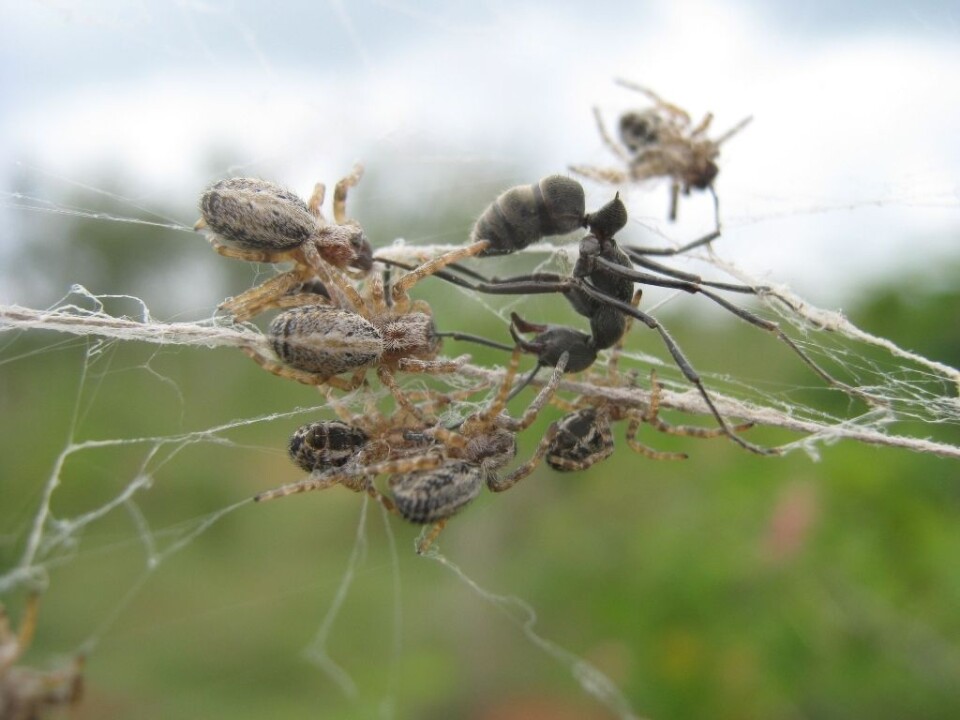
The individual spiders were thus ranked according to their offensive capabilities.
Protectors of the web
The spiders were then tested in a simulated hunting situation. The plastic cartons were hung up in bushes, with the lids open, so the spiders could use them as structural foundations for their web traps.
After the spiders had spun their webs, the scientists fastened a leaf on each web and – here’s where it gets kinky – held a sex toy, a vibrator with adjustable intensities, to the leaf to simulate the struggles of a captive insect.
Then they waited for reactions from the spider colony that was nested inside the plastic carton.
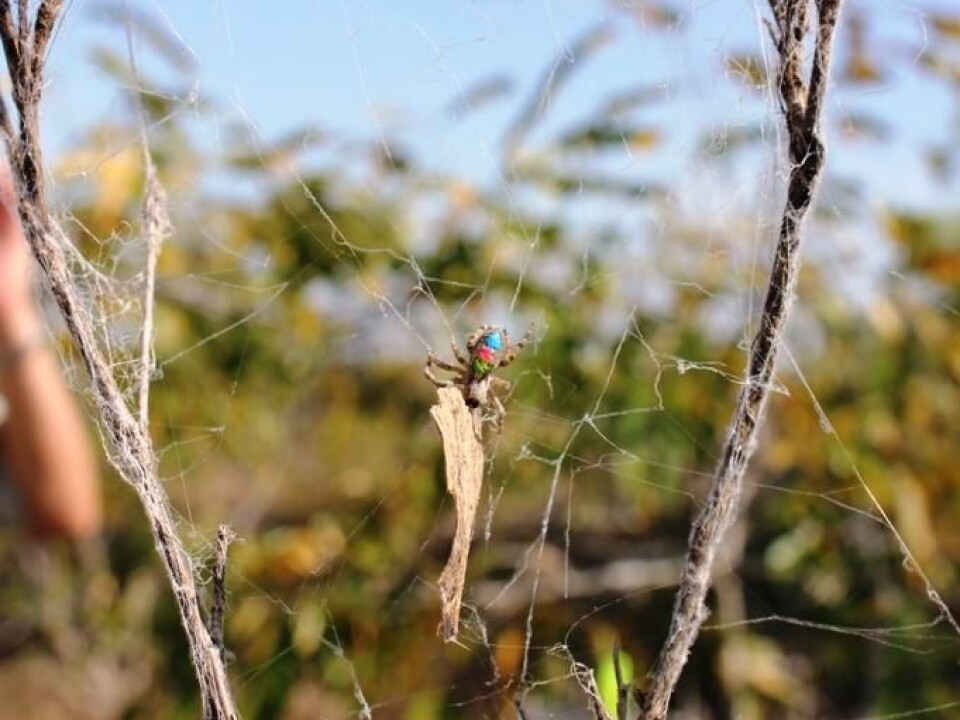
A bunch of spiders stormed out. The researchers made note of which individuals were quickest at scrambling onto the web to catch prey for the colony’s consumption.
The researchers repeated this experiment for several days and found a pattern regarding which spiders did what.
The boldest ones
One disparity involved how often the different spiders participated in storming out to get the simulated prey in the web. The spiders that had scored high in the boldness test were often the first to exit the nest to make the kill.
These were also the first to actually attack the prey, according to the results.
Large individuals were also often among the first to exit the plastic carton, but aggression did not correlate directly to these rapid responses.
Perhaps the aggression used to defend against a hostile enemy threat, which the scientists simulated by poking them with a stick, is not the same as what is exhibited toward prey, the researchers wrote in an article published in the journal Proceedings of the Royal Society B.
------------------------
Read the Norwegian version of this article at forskning.no
Translated by: Glenn Ostling

